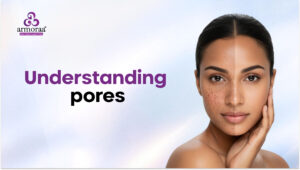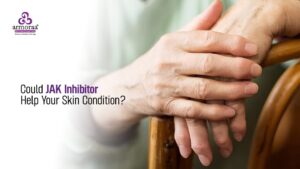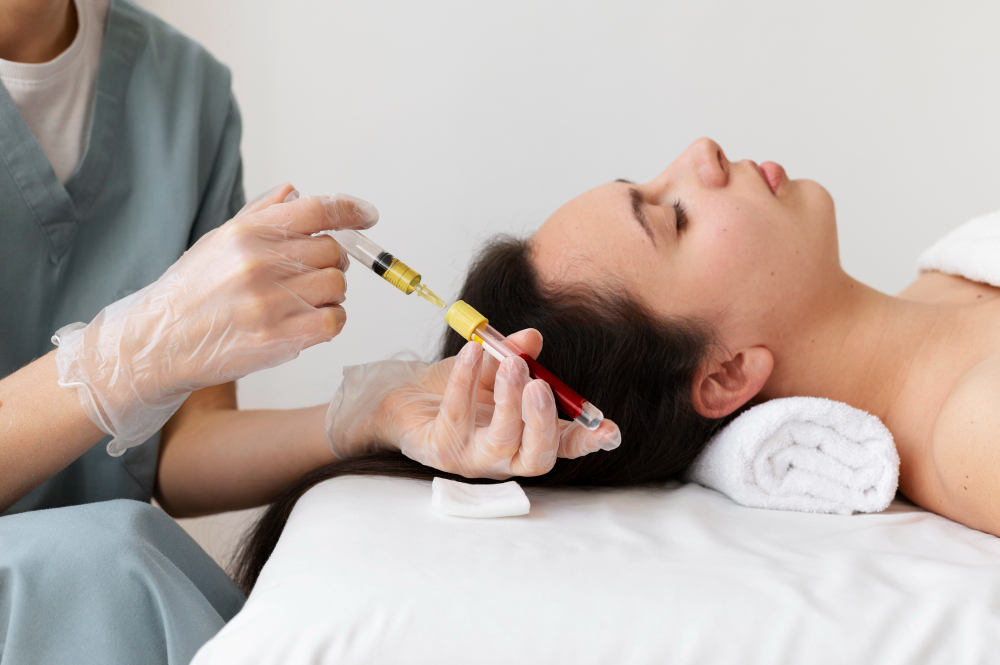
What is PRP?
It is a watery fluid derived from the patient’s own blood. This plasma is rich in platelets which have increased concentration of growth factors. The platelets along with the growth factors play an important role in stimulating cell reproduction, tissue regeneration and healing in the treated area.
How Is PRP Created?
The process begins with drawing a small amount of blood from the patient. This blood is then placed into a centrifuge, a device that rapidly spins the sample, separating the platelets from the other components of the blood. The result is a concentrated plasma, rich in platelets and ready to work its magic.
Where Is PRP Used in Dermatology?
PRP has a broad range of applications in dermatology, providing effective solutions for both hair and skin concerns:
Hair:
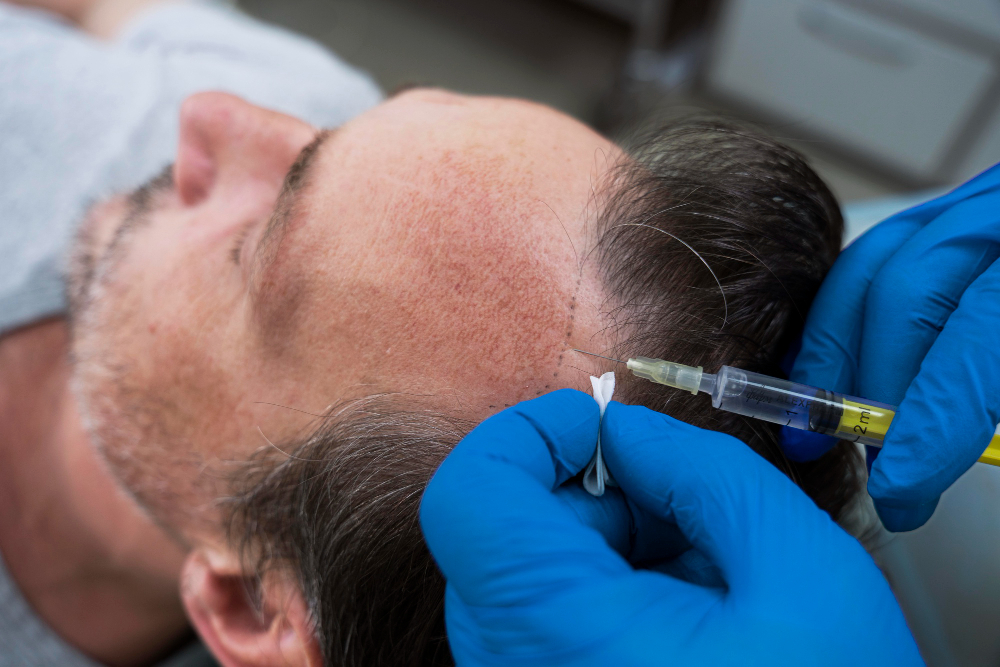
PRP injections are highly effective in treating various forms of hair loss, including male and female pattern baldness, chronic hair fall, and telogen effluvium. It’s also beneficial post-hair transplantation, helping to reduce hair loss and stimulate new hair growth.
Skin:
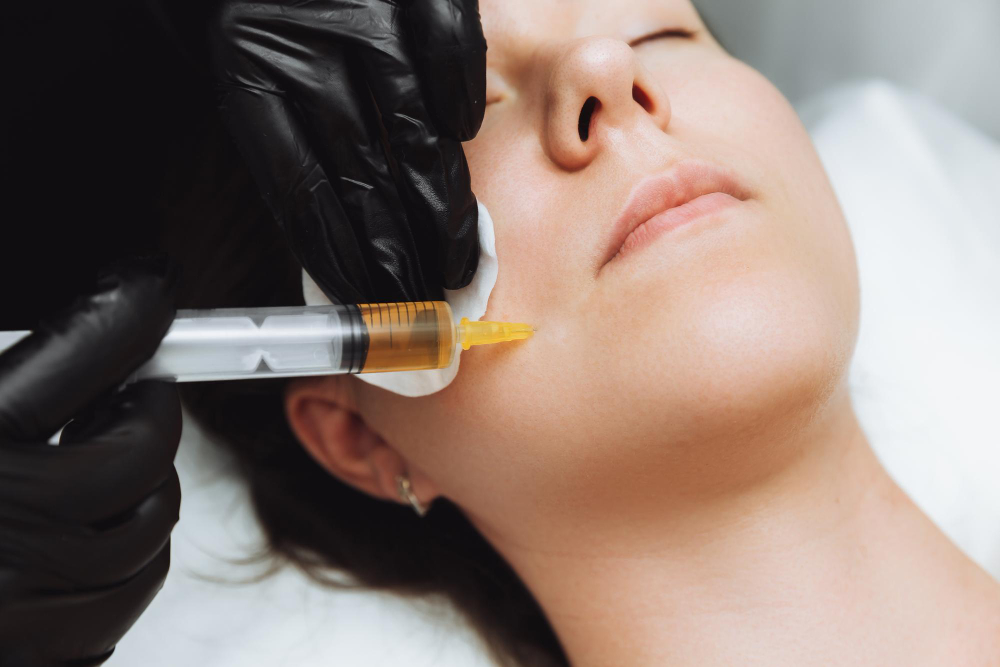
PRP can be administered as a standalone procedure or in combination with treatments like lasers and microneedling. The synergistic effects of these combinations often lead to enhanced results.
Preparing for Your PRP Procedure
On the day of your PRP procedure, it’s important to:
What to Expect After the Procedure?
After your PRP treatment, you might experience:
Post-Procedure Care: What to Avoid
To ensure the best results, avoid the following after your procedure:
Are There Any Side Effects?
Conclusion:
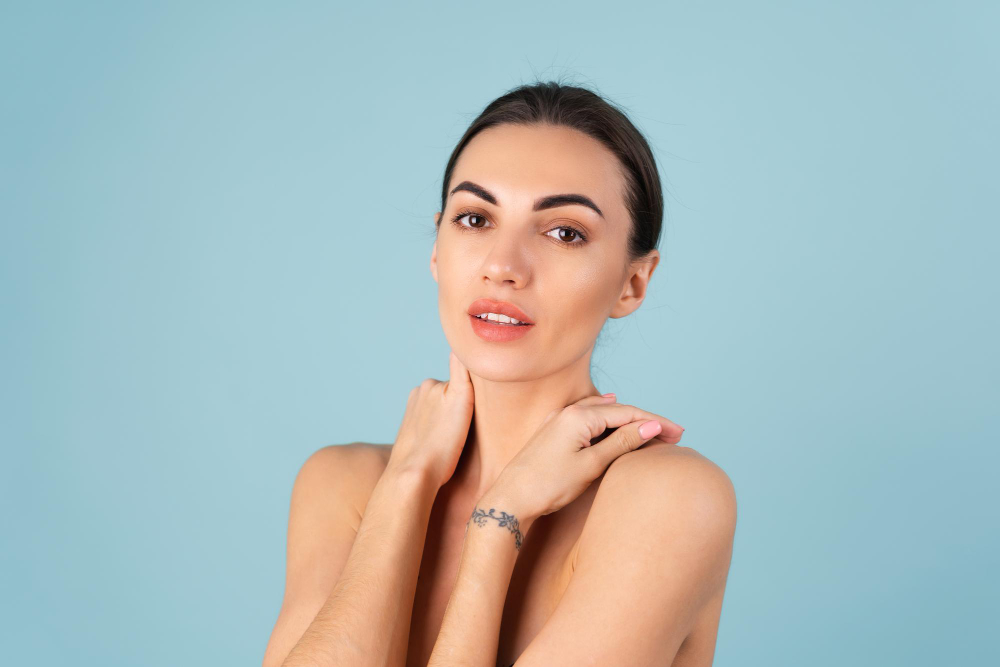
PRP is an innovative and natural solution for a variety of dermatological concerns, offering a safe and effective way to rejuvenate your skin and hair. Whether you’re dealing with hair loss, scars, or pigmentation issues, PRP could be the key to unlocking your skin and hair’s full potential.



